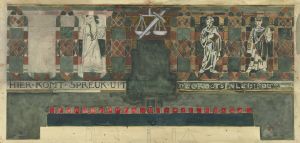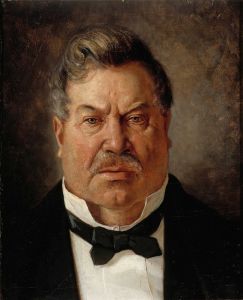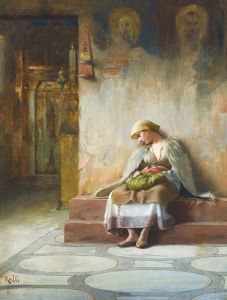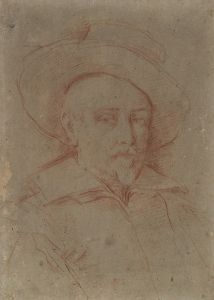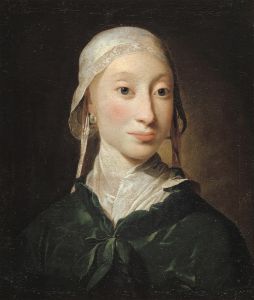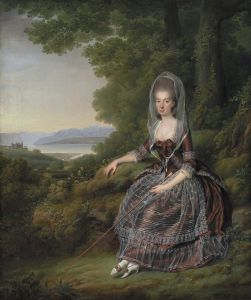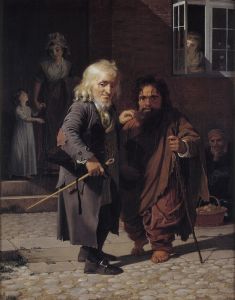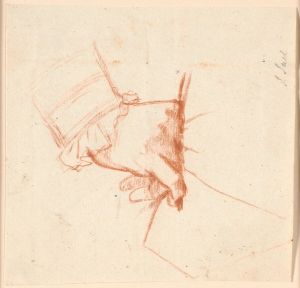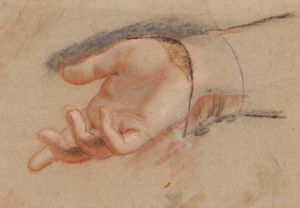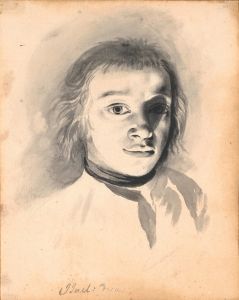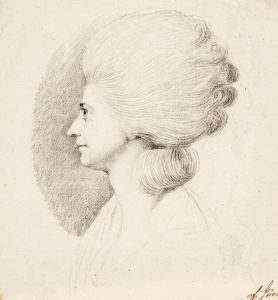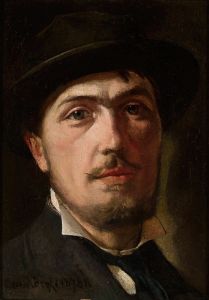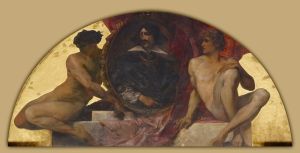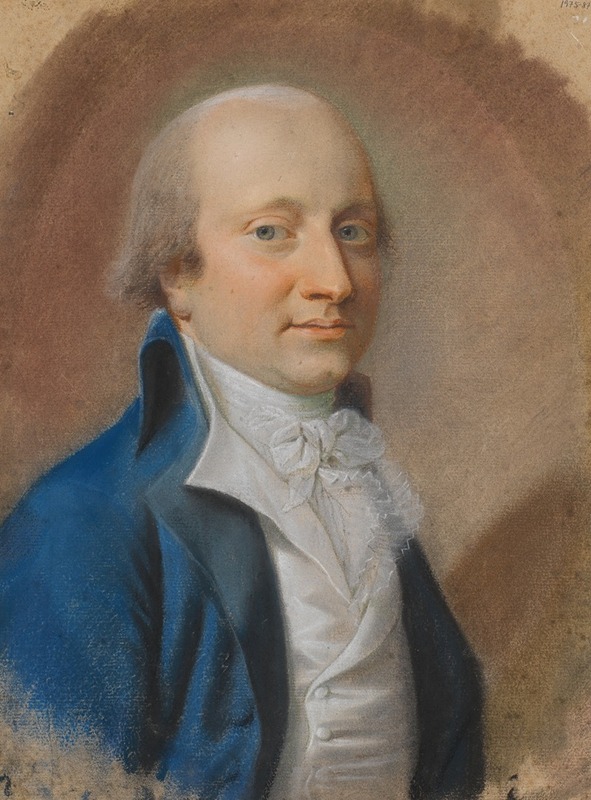
Portræt af en herre, formentlig en Blücher
A hand-painted replica of Jens Juel’s masterpiece Portræt af en herre, formentlig en Blücher, meticulously crafted by professional artists to capture the true essence of the original. Each piece is created with museum-quality canvas and rare mineral pigments, carefully painted by experienced artists with delicate brushstrokes and rich, layered colors to perfectly recreate the texture of the original artwork. Unlike machine-printed reproductions, this hand-painted version brings the painting to life, infused with the artist’s emotions and skill in every stroke. Whether for personal collection or home decoration, it instantly elevates the artistic atmosphere of any space.
"Portræt af en herre, formentlig en Blücher" is a painting by the renowned Danish artist Jens Juel. Jens Juel, born on May 12, 1745, in Balslev, Denmark, was a prominent portrait painter of the late 18th century. He is celebrated for his ability to capture the essence and character of his subjects with a refined elegance and a keen eye for detail. Juel's works are considered significant contributions to Danish art, and he played a crucial role in the development of portrait painting in Denmark during his time.
The painting "Portræt af en herre, formentlig en Blücher" translates to "Portrait of a Gentleman, presumably a Blücher." This title suggests that the identity of the sitter is believed to be someone from the Blücher family, though the exact identification remains uncertain. The Blücher family was a notable family in Europe, with several members holding prominent positions in military and political spheres, particularly in Germany. However, without definitive evidence, the exact identity of the gentleman in the portrait remains speculative.
Jens Juel's style is characterized by his use of soft, naturalistic colors and his ability to render textures and fabrics with great skill. His portraits often feature a serene and composed demeanor, capturing the dignity and grace of his subjects. Juel was adept at portraying both the physical likeness and the personality of his sitters, making his portraits highly valued by his contemporaries and by art historians today.
During his career, Juel traveled extensively, studying and working in various European cities, including Hamburg, Paris, and Rome. These experiences enriched his artistic style and broadened his exposure to different artistic movements and techniques. Upon returning to Denmark, Juel became a sought-after portraitist among the Danish aristocracy and bourgeoisie. His works were highly regarded for their elegance and the subtle psychological insight they provided into the characters of his subjects.
"Portræt af en herre, formentlig en Blücher" exemplifies Juel's mastery in portraiture. The painting likely features the gentleman in formal attire, typical of the period's fashion, with attention to detail in the rendering of fabrics and accessories. The background is probably understated, focusing the viewer's attention on the sitter, a common technique in Juel's portraits to emphasize the subject's presence and status.
Juel's contribution to Danish art extends beyond his paintings. He served as the director of the Royal Danish Academy of Fine Arts, where he influenced a generation of Danish artists. His legacy is preserved in numerous collections, including the National Gallery of Denmark, where many of his works are displayed.
In summary, "Portræt af en herre, formentlig en Blücher" is a testament to Jens Juel's skill as a portrait artist. While the identity of the sitter remains uncertain, the painting reflects the elegance and sophistication that characterize Juel's body of work. His portraits continue to be appreciated for their artistic merit and their ability to capture the essence of 18th-century Danish society.





